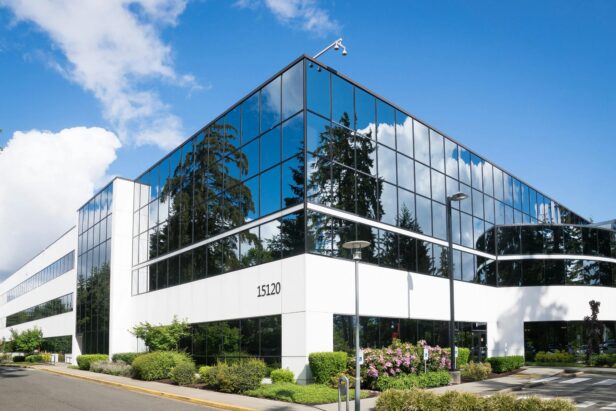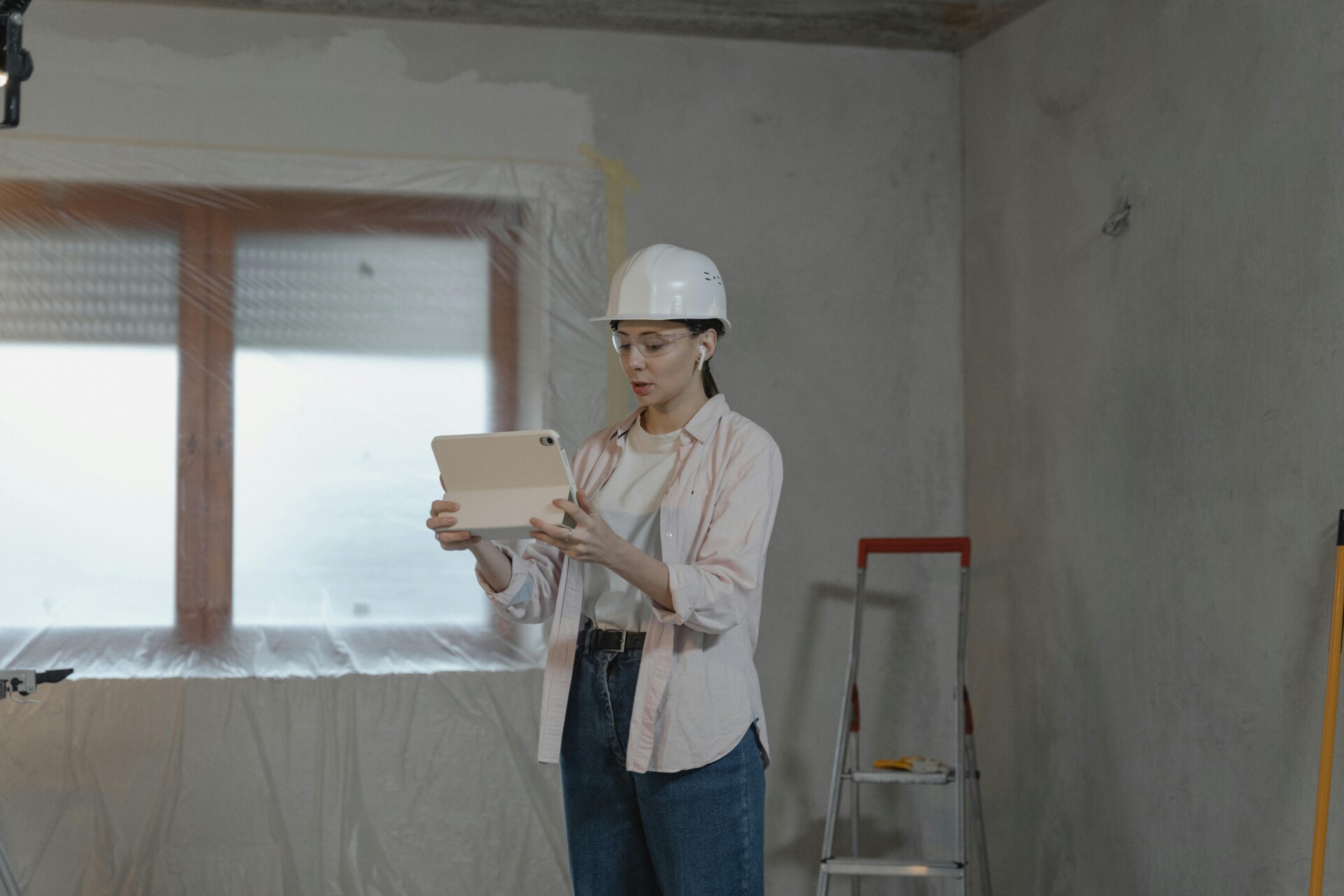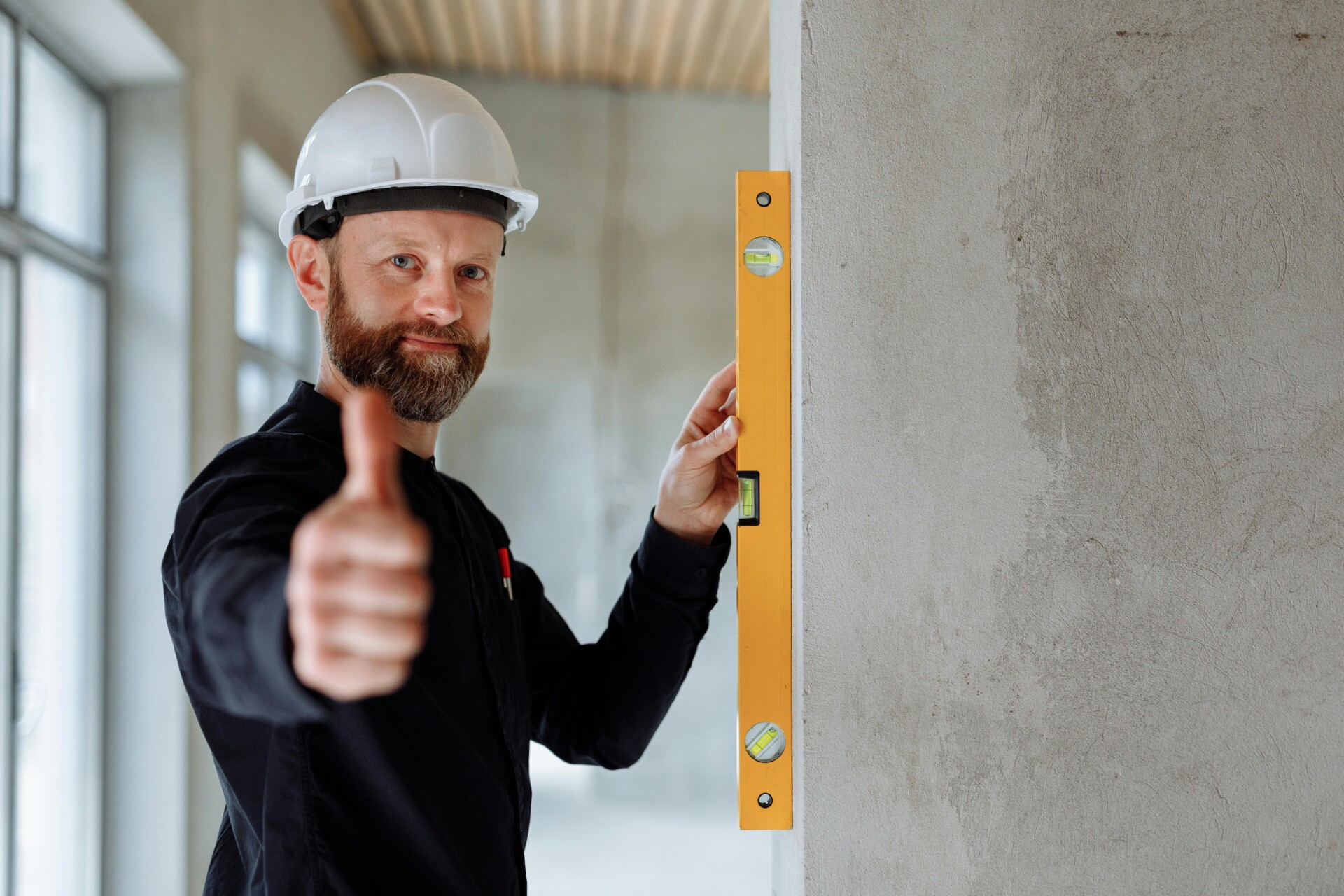At EB3 Construction, we’ve watched closely as Dallas experience a significant office construction boom, with cranes visible from Uptown to the suburbs.
In 2024, office construction professionals collectively delivered more than 2.8 million square feet of gleaming new office space across 18 properties—reshaping the city’s commercial landscape. And this is only the start; another 2.9 million square feet is currently rising from the ground, underscoring developers’ ongoing confidence in the Dallas market.
This surge in activity isn’t just a short-lived uptick. Office construction starts increased last year, with 17 new projects breaking ground and adding 1.7 million square feet to the pipeline—a 50 percent jump year-over-year, despite broader economic challenges. The scale and pace of development point to a long-term commitment to Dallas as a prime business destination.
Yet amid this building frenzy, challenges are emerging. The vacancy rate has climbed to 24 percent, up 330 basis points from last year and higher than the national average of 19.7 percent. This increase in empty space creates a complex dynamic, where shiny new towers compete with existing inventory for tenants. As we evaluate these ambitious projects, we continually balance future demand with current market realities.
What Are the Top Office Development Projects in Dallas?
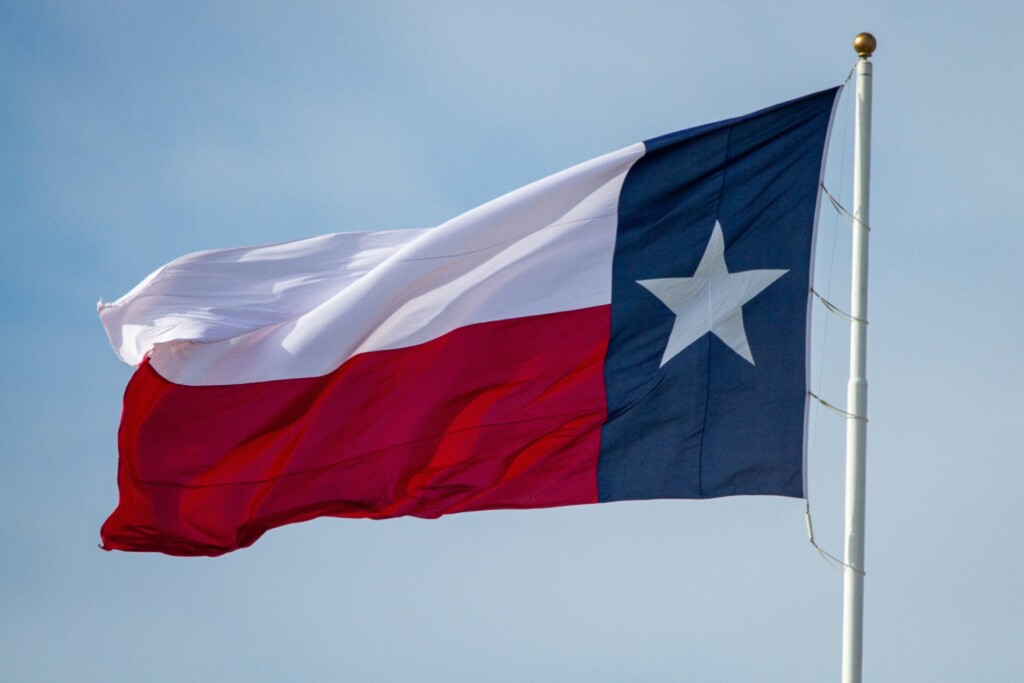
Several major office developments are reshaping the Dallas skyline and broader commercial real-estate landscape. Below are a few headline projects currently underway:
Parkside Uptown
Parkside Uptown is a flagship office development in the Uptown district. Pacific Elm Properties and KDC secured $290 million in financing for this 500,000-square-foot project. The 30-story tower is scheduled for delivery in 2027 and will offer state-of-the-art office space overlooking Klyde Warren Park, designed to attract top-tier tenants seeking premium environments.
Hi Line Square
Located in Dallas’ historic Design District, Hi Line Square will introduce a sleek new option to this creative neighborhood. The 17-story tower will provide 186,000 square feet of workspace, highlighted by a 6,000-square-foot outdoor terrace that connects directly to office floors—bringing valuable outdoor space to tenants.
Bank of America Plaza Renovation
Downtown’s iconic Bank of America Plaza is undergoing a $350 million upgrade and modernization. As Dallas’ tallest skyscraper, the 72-story tower is being re-imagined with refreshed lobbies, collaborative workspaces, and enhanced amenities to meet today’s tenant expectations.
Reunion Redevelopment
The Reunion Redevelopment plan seeks to transform 20 acres in downtown Dallas into a mixed-use district centered on office space. The project envisions roughly 2 million square feet of offices surrounding a 4-acre park—setting the stage for a vibrant new corporate hub.
These projects highlight the robust demand we continue to see for high-quality office space in Dallas—even as work patterns evolve. The level of capital investment underscores broad confidence in the region’s long-term economic growth.
What Areas in Dallas Are Seeing the Most Office Construction?
Uptown Dallas remains the epicenter of office-construction activity, accounting for over 75 percent of active projects. Nearly two million square feet of premium space are underway here, with average asking rents at $37.84 per square foot—the highest in Dallas–Fort Worth.
Other submarkets are carving out distinctive niches. Preston Center, for example, has become increasingly attractive to large financial players. With a vacancy rate of roughly 8.4 percent—the metro’s lowest—it pairs prestige with limited availability, appealing to blue-chip tenants.
Far North Dallas is perhaps the most surprising growth story. Leasing activity there has surged to 615,000 square feet—nearly four times Uptown’s volume. Industry expert Trey Smith of CBRE cites strong school districts, competitive home pricing, and vibrant retail as key drivers of this northward expansion.
“That northward growth is contributing to increased office leasing activity,” said Trey Smith, executive vice president with CBRE’s agency leasing team. “They have good school districts, more attractive home pricing, and increasingly good retail. If you want a five-star dining experience, you can get it there.”
This blend of livability, affordability, and new Class A product is proving a powerful draw for tenants. As cores grapple with rising costs and congestion, Far North Dallas offers an appealing alternative that balances professional prestige with suburban convenience.
The contrasting trajectories of these districts underscore the nuanced nature of Dallas’ office-market recovery. Premier zones like Uptown continue catering to elite tenants, while emerging areas to the north capture a broader slice of demand by emphasizing accessibility and amenities—ultimately strengthening the metro’s long-term outlook.
| Submarket | Vacancy Rate | Annual Asking Rent (per sq. ft.) |
| Uptown | 19.3% | $50.18 |
| Dallas CBD | 28.0% | $30.31 |
| Far North Dallas | 25.1% | $33.82 |
| Preston Center | 10.5% | $44.54 |
| Las Colinas | 25.2% | $27.55 |
What Are the Current Trends in Dallas Office Construction?
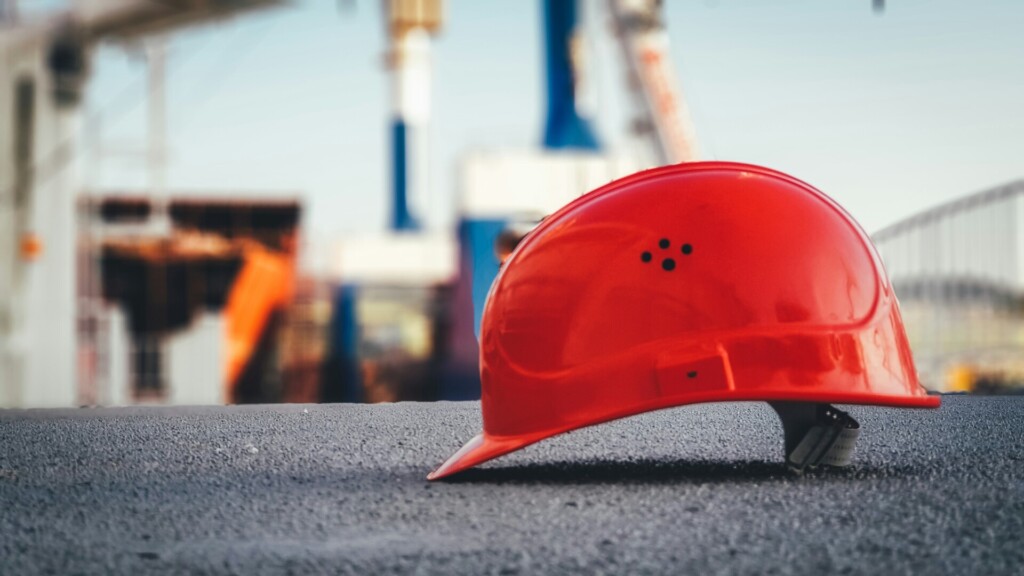
The Dallas office market is witnessing a pronounced “flight to quality” as companies refine workplace strategies. Class A buildings are seeing falling vacancies even while the broader market experiences increases—highlighting tenants’ evolving preferences.
At EB3 Construction, we see businesses prioritizing new space with top-tier amenities. Tenants want environments that foster collaboration, creativity, and employee well-being—often incorporating state-of-the-art fitness centers, outdoor areas, and robust technology infrastructure for hybrid work.
Walkability has become a prime differentiator. We concentrate on developing and renovating buildings near vibrant retail and dining, enabling employees to step out for lunch, errands, or after-work activities without relying on a car.
We’re also tracking the rise of office-to-residential conversions. A recent example is Pacific Elm Properties’ transformation of 14 stories in Santander Tower into 291 residential units—illustrating how adaptive reuse can address both office vacancy and urban housing shortages.
The coworking sector continues to grow. As of early 2025, Dallas–Fort Worth hosts 5.2 million square feet of coworking across 284 locations, representing roughly 1.8 percent of total stock—driven by startups, remote workers, and hybrid-minded enterprises.
Looking ahead, these trends guide our approach to new construction and renovations. Our goal is to deliver versatile, amenity-rich spaces that adapt to evolving work styles—ensuring relevance and appeal well into the future.
Conclusion: The Future of Office Construction in Dallas
Despite broader market headwinds, Dallas’ office-construction sector remains resilient. High-quality, amenity-rich buildings in strategic locations continue to resonate with modern tenants. Developers are wisely concentrating on premier submarkets like Uptown and Preston Center while pursuing opportunities in Far North Dallas.
We anticipate more innovative mixed-use developments, strategic conversions of underperforming properties, and projects that enhance walkability and quality of life. With major undertakings such as the Goldman Sachs campus and 23Springs high-rise progressing, Dallas is well-positioned to uphold its status as a leading office-development market.
For developers, property owners, and businesses aiming to capitalize on Dallas’ dynamic office market, collaborating with seasoned local builders is essential. Contact EB3 Construction to discuss how we can help bring your next Dallas office project to life.

